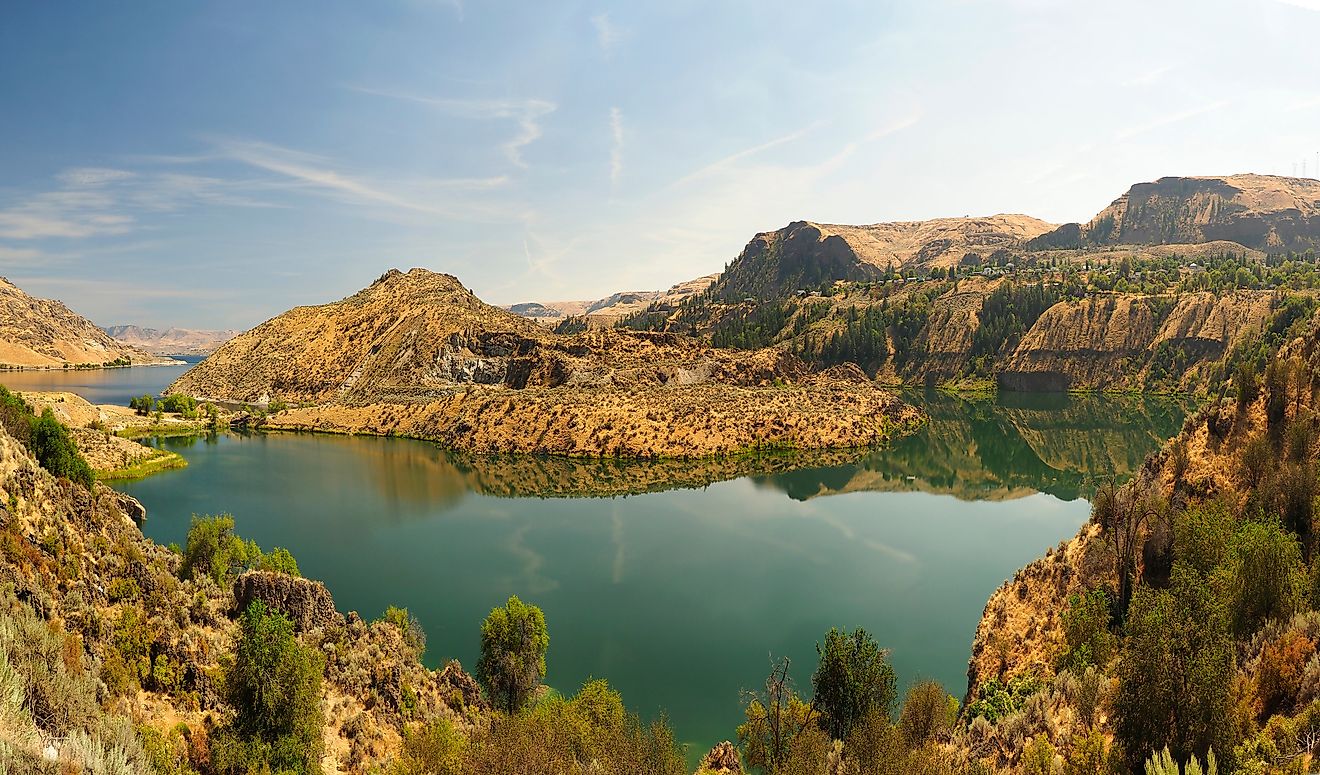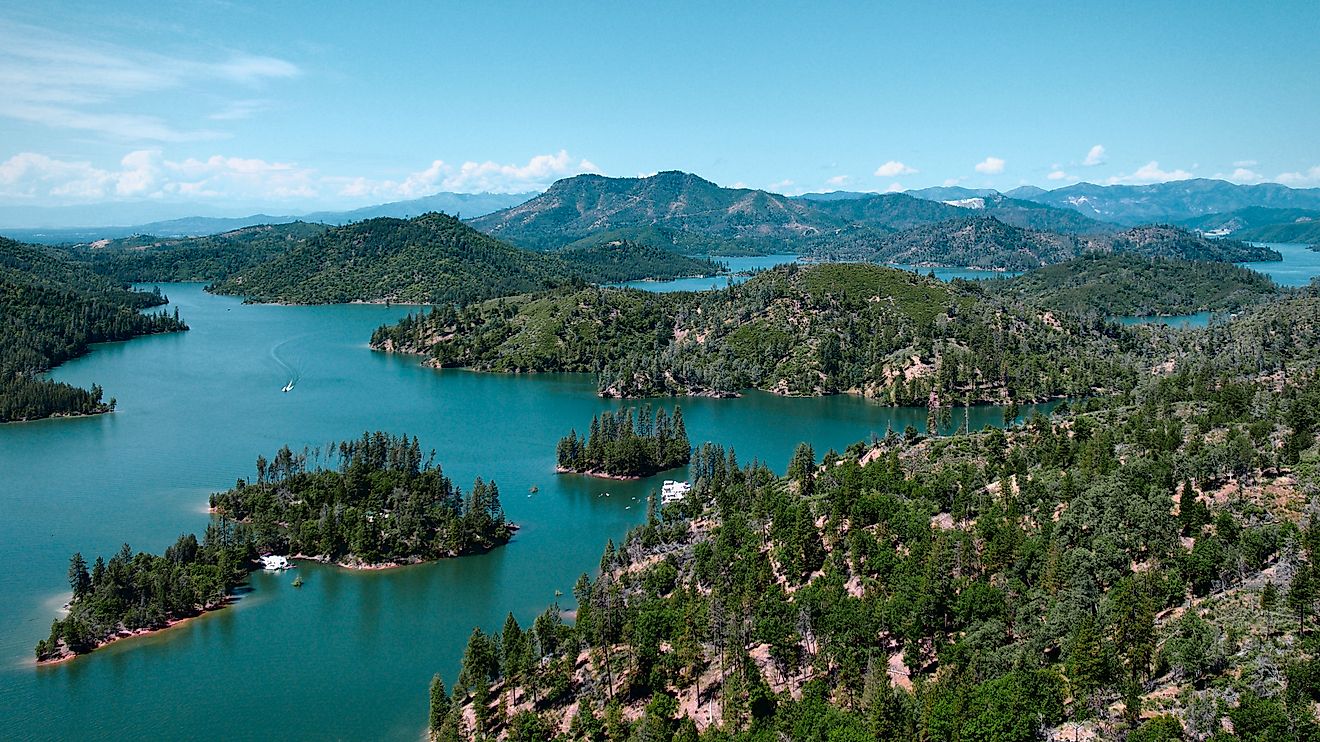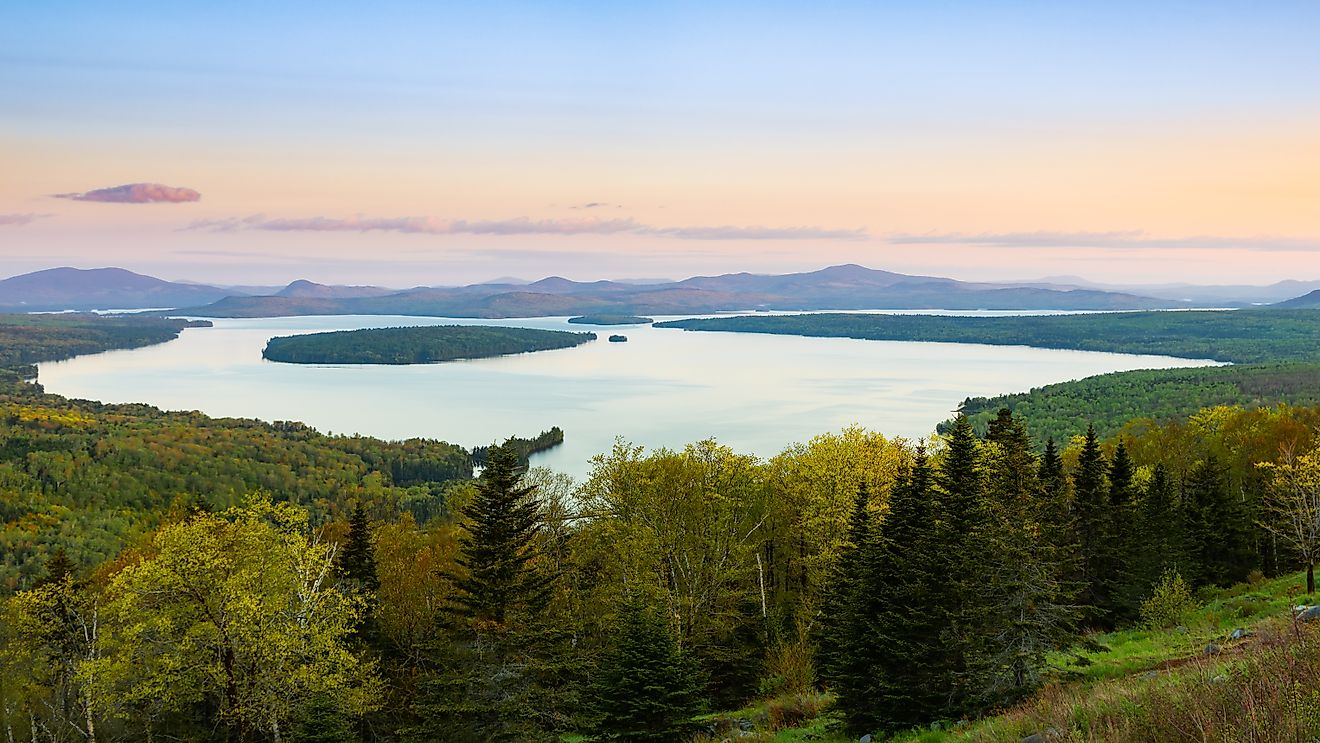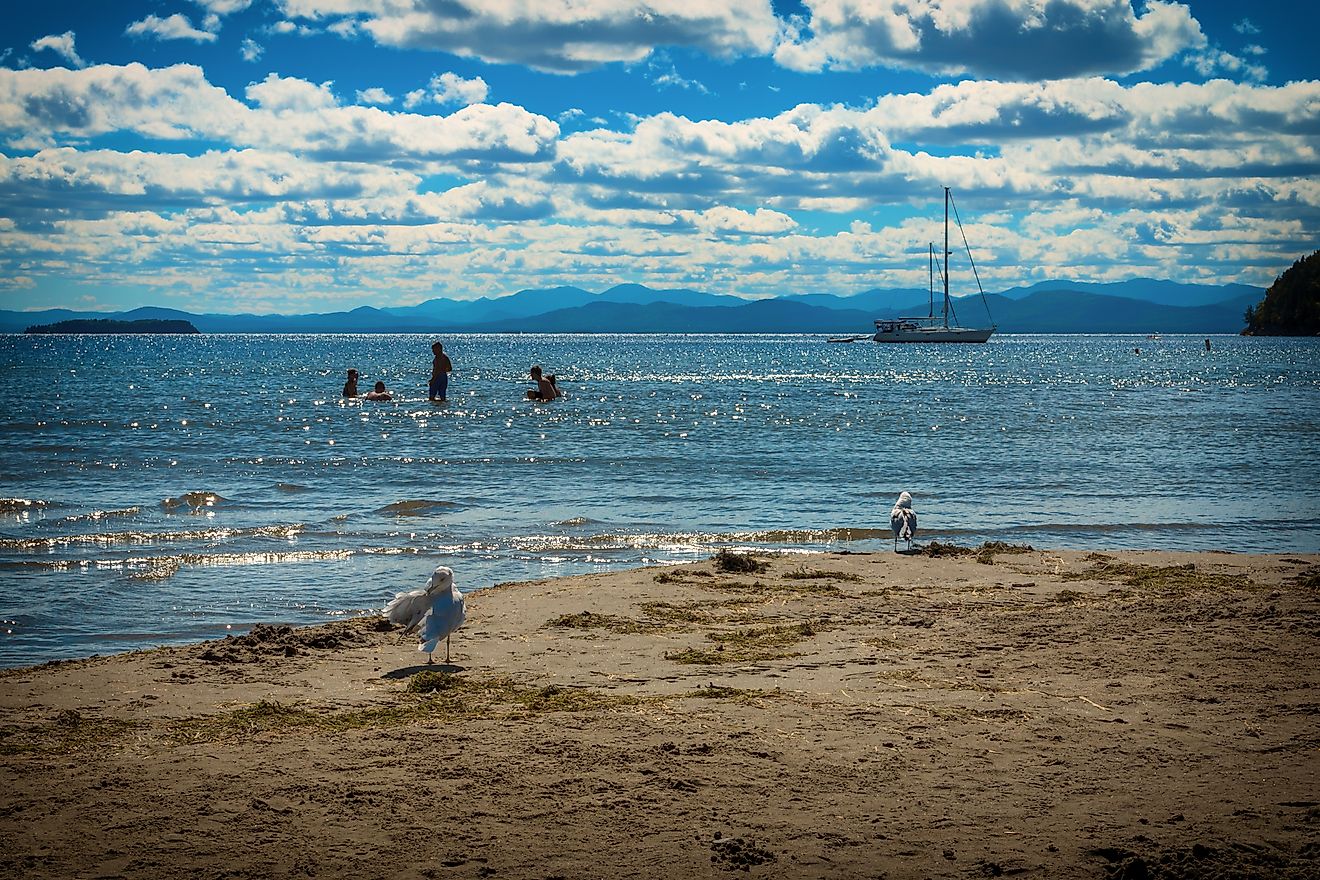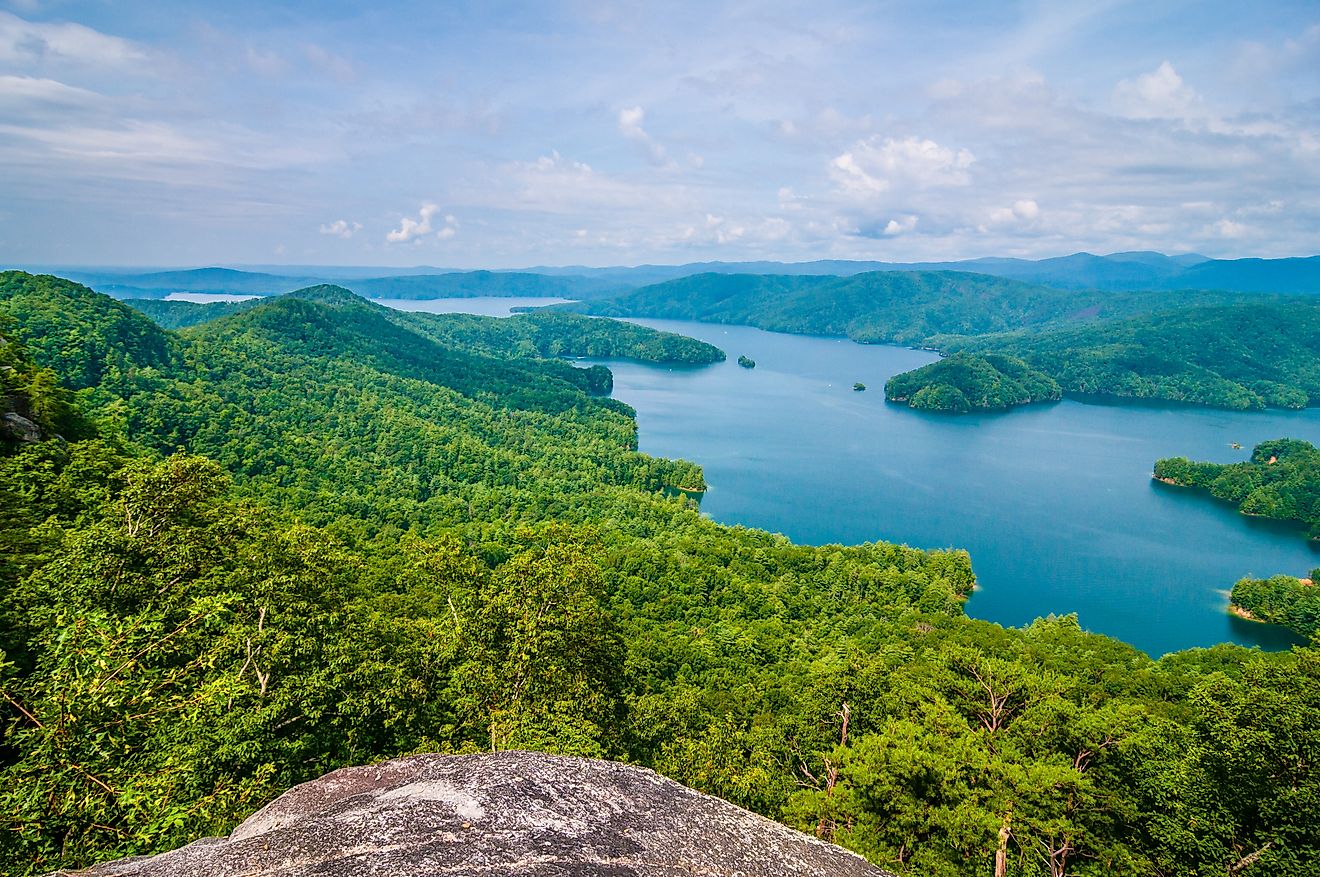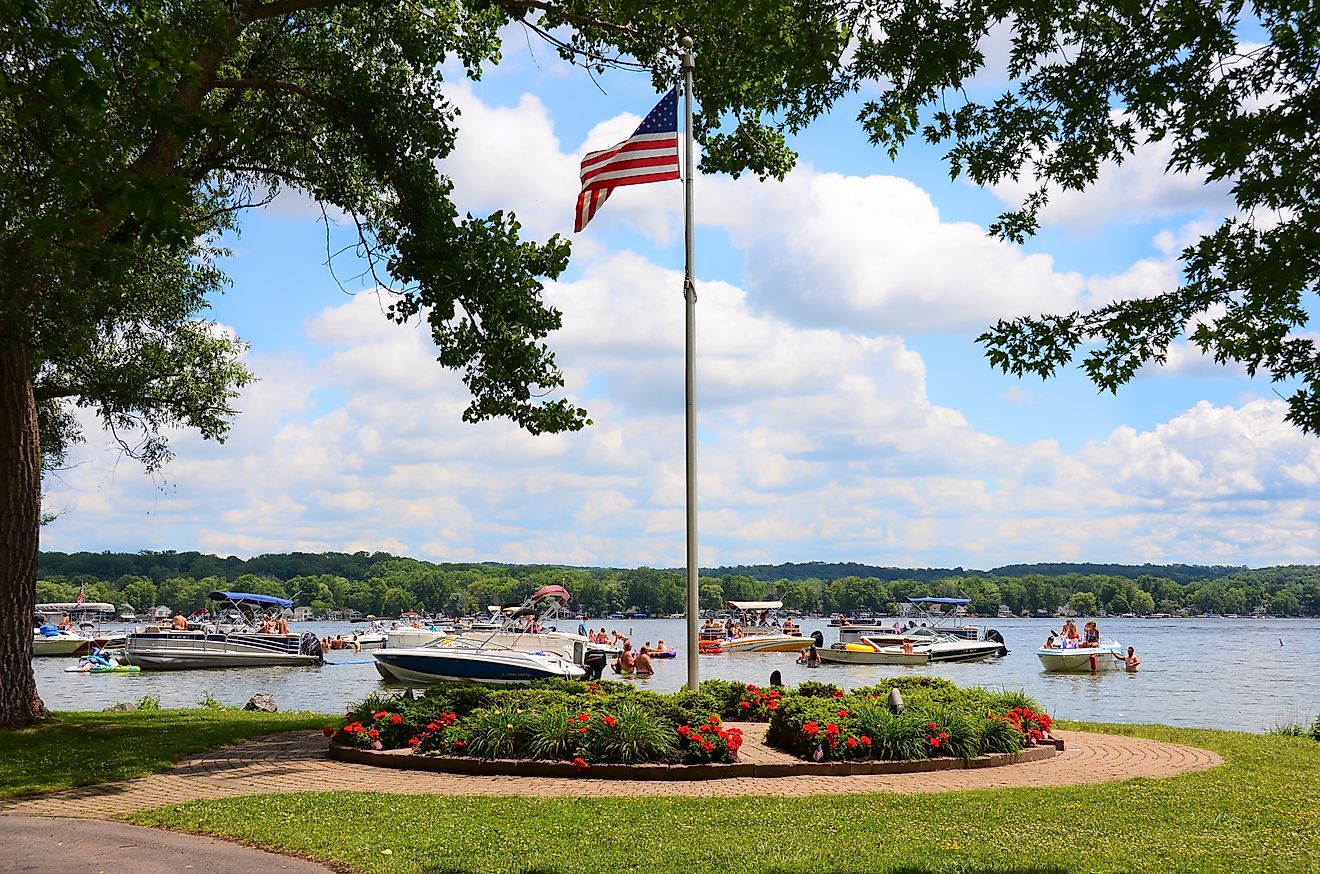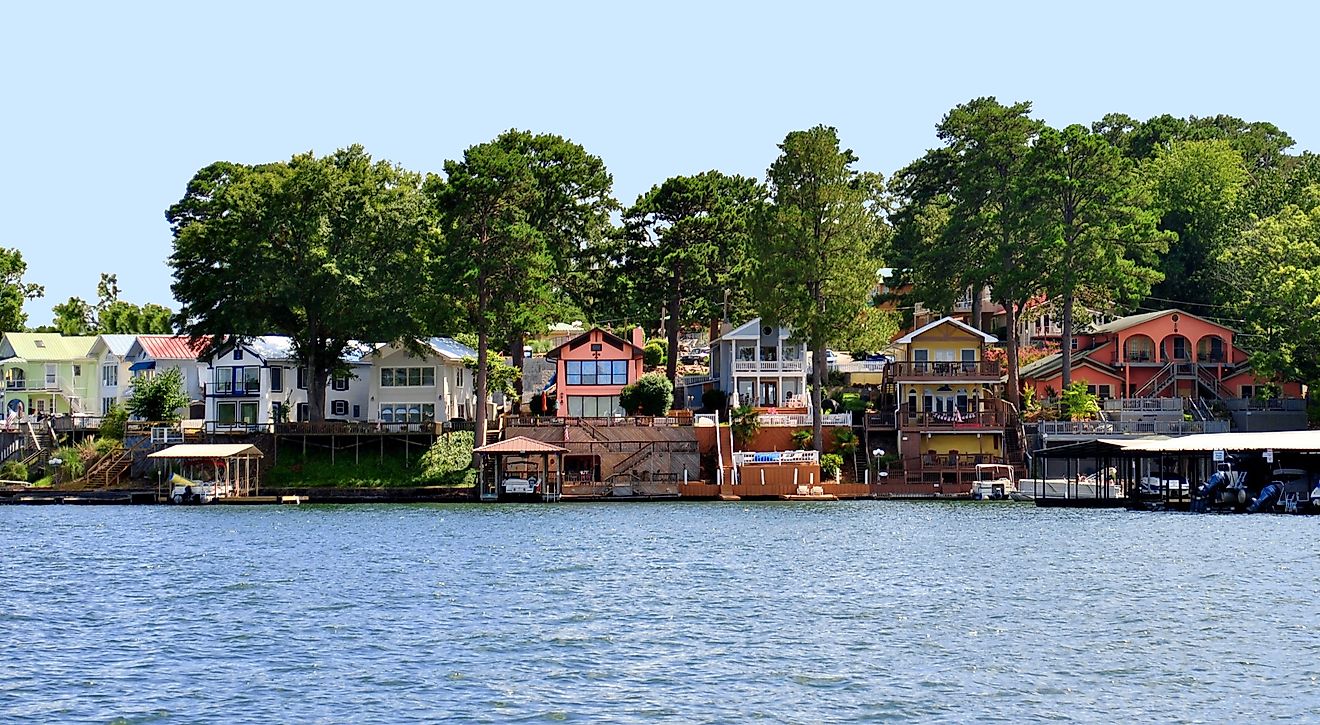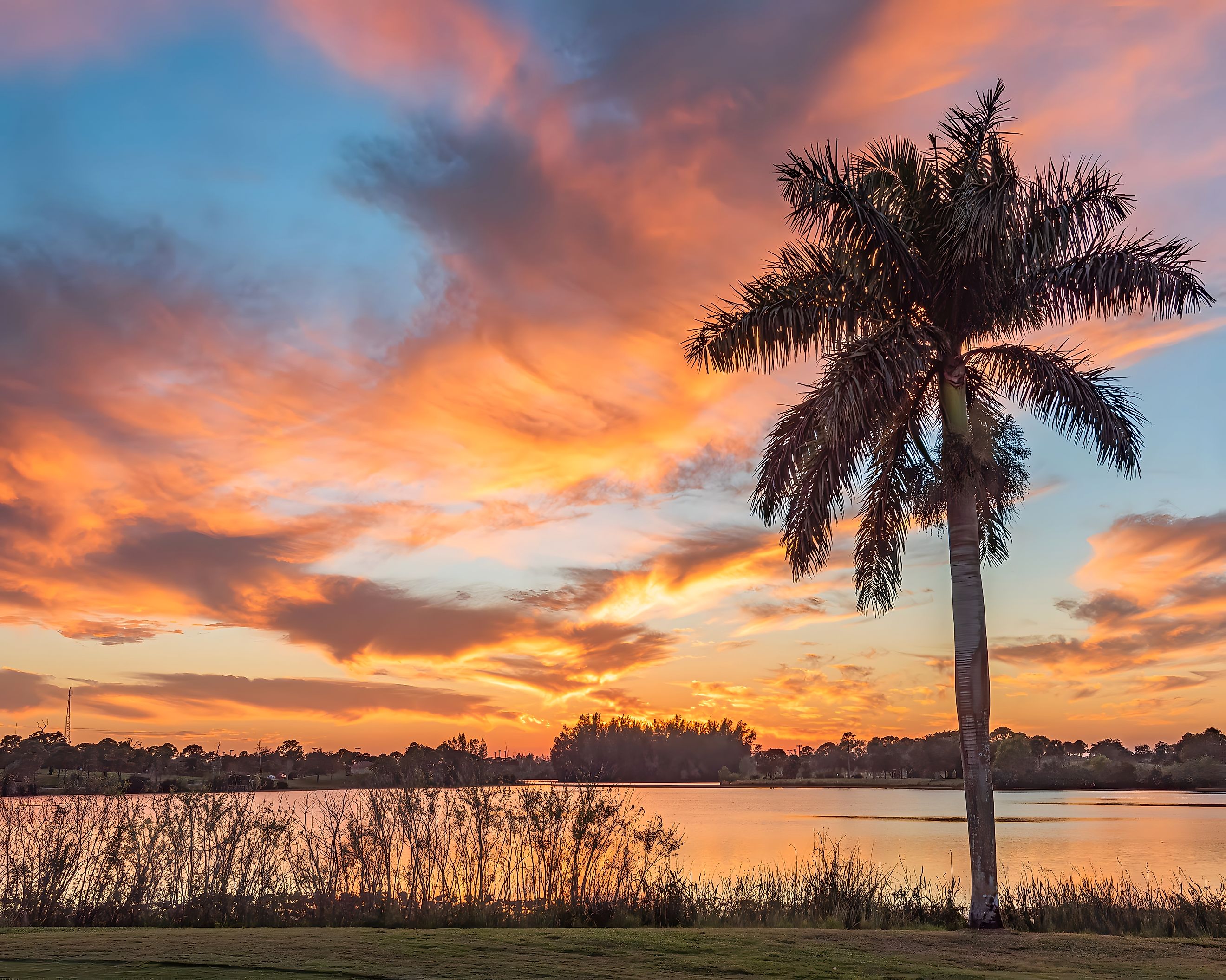
Lake Okeechobee
Lake Okeechobee is Florida’s largest lake and the second-largest freshwater body in the contiguous United States, surpassed only by Lake Michigan. Spanning 730 square miles, it forms the beating heart of South Florida’s water system. The name "Okeechobee" comes from the Seminole words Oki (water) and Chubi (big), translating to “big water”—a name as accurate today as it was centuries ago.
Though vast in area, the lake is surprisingly shallow, averaging just 9 feet in depth. Its unique combination of size, habitat diversity, and ecological functions make it unlike any other freshwater lake in North America.
A Geographical and Ecological Powerhouse
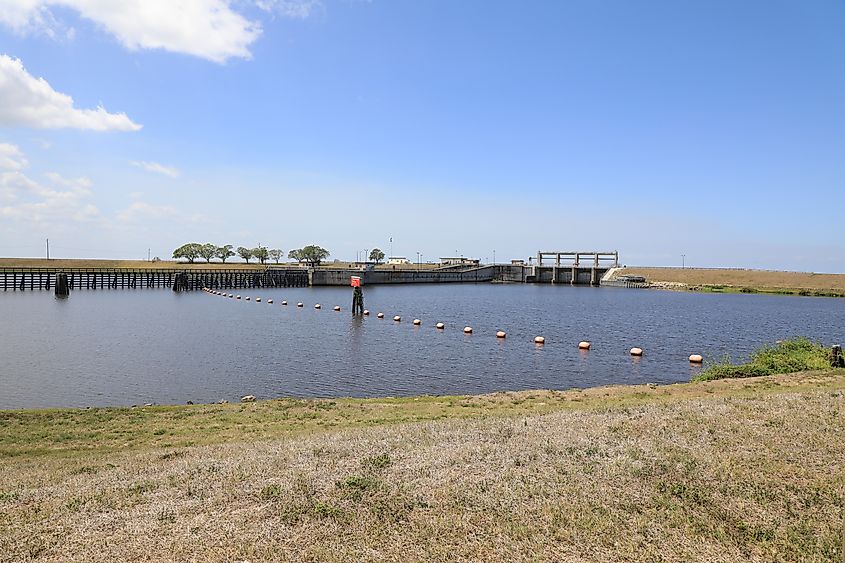
Located in the south-central region of the Florida peninsula, Lake Okeechobee sits at the intersection of nature and necessity. It's fed primarily by rainfall and runoff from tributaries such as Fisheating Creek, Taylor Creek, and the Kissimmee River. Historically, water flowed freely from the lake's southern edge into the Everglades. However, 20th-century flood control projects changed the natural flow, erecting levees and canals that confined the lake and allowed for water to be pumped back into it from surrounding agricultural lands.
These engineering interventions, though vital for human development and flood protection, have come at a cost. Over the past 30 years, rising nutrient levels—largely from agricultural runoff—and changes to water level regulation have led to deteriorating water quality and stressed the lake’s once-thriving ecosystem.
A Shifting Balance: Water In, Water Out
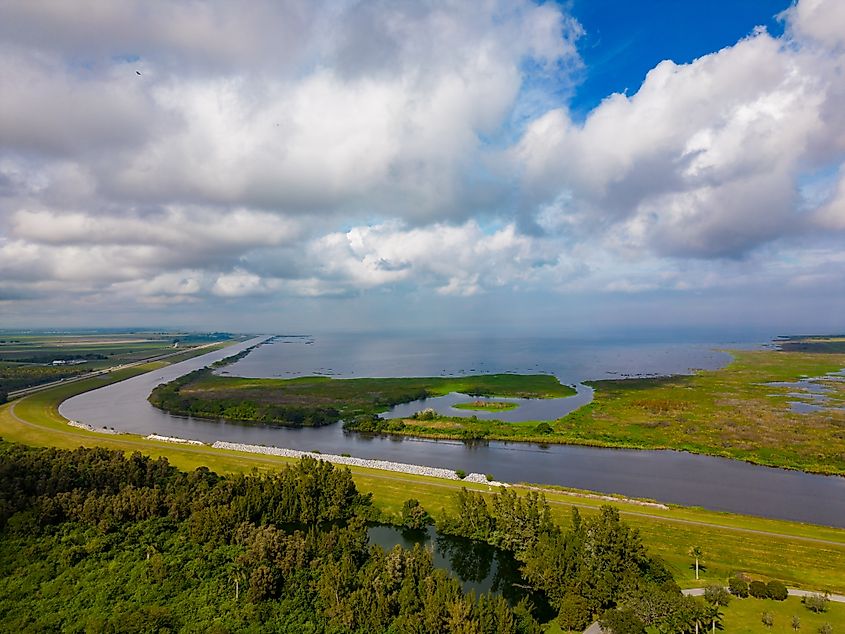
About 70% of Lake Okeechobee’s inflow comes from tributaries and runoff, while rainfall accounts for the remaining 30%. On the other end, evaporation alone removes 70% of the water, with the rest flowing out through controlled structures. Seasonal cycles dictate the lake’s rhythm: higher water levels are maintained during the dry months (October to March), while levels are drawn down in summer (June through August).
Despite its shallowness, Lake Okeechobee doesn’t experience thermal layering like deeper lakes. Instead, constant wind and wave action keep the water column well-mixed, helping maintain healthy dissolved oxygen levels. Water temperatures range from 59°F in January to 86°F in August, creating a warm, dynamic environment for aquatic life year-round.
World-Class Fishing Waters
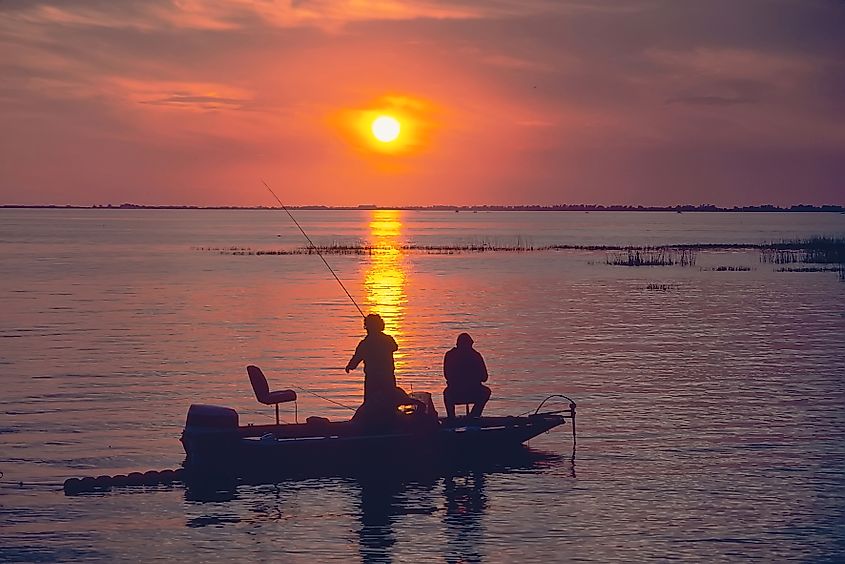
Lake Okeechobee is a nationally renowned fishing destination, especially for largemouth bass and black crappie. Its commercial fishery, dominated by catfish, is also unique in the US. A special limited-entry system allows for legal harvest of bluegill and redear sunfish using haul seines—an uncommon practice in most American freshwater systems.
In 2000 alone, freshwater fishing retail sales in the five counties surrounding the lake exceeded $117 million, showcasing the economic importance of this aquatic resource. Managing these fisheries requires balancing recreational access with commercial interests, all while addressing the socio-political friction that often arises from user conflicts.
Vegetation: The Foundation of the Food Web
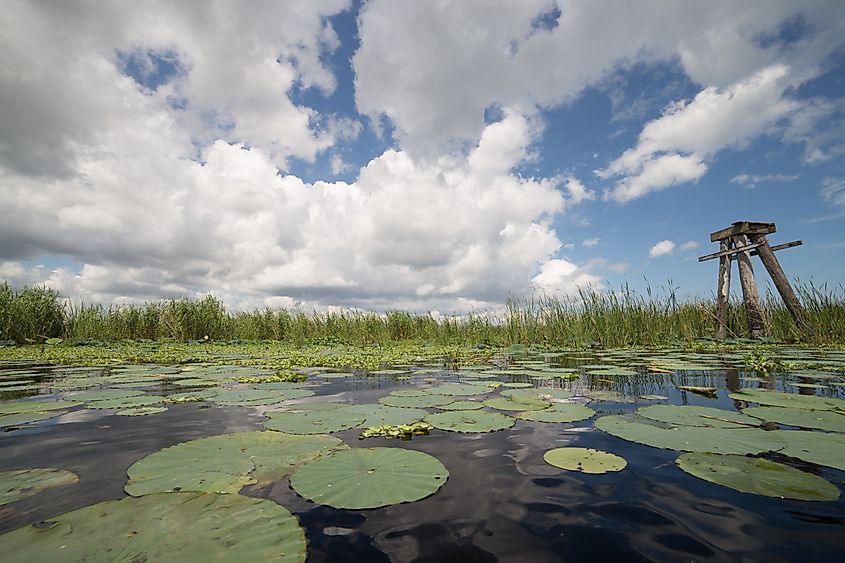
Aquatic plants are essential to Lake Okeechobee’s ecological health. They provide critical spawning grounds, shelter young fish from predators, and serve as a primary link in the lake’s food chain. Different types of vegetation support different fish species, with emergent plants like bulrush and submerged plants such as hydrilla, eelgrass, and peppergrass playing distinct roles.
Bulrush, in particular, has been found to host the highest densities of game fish, making it a focal point in restoration and habitat improvement projects. Meanwhile, submerged vegetation supports forage fish—minnows, shiners, and small bream—which in turn feed larger predators like bass and crappie. Hydrilla, often controversial due to its invasive nature, has actually been shown to increase juvenile game fish production in Lake Okeechobee.
Hurricanes and Drought: Nature’s Reset Button
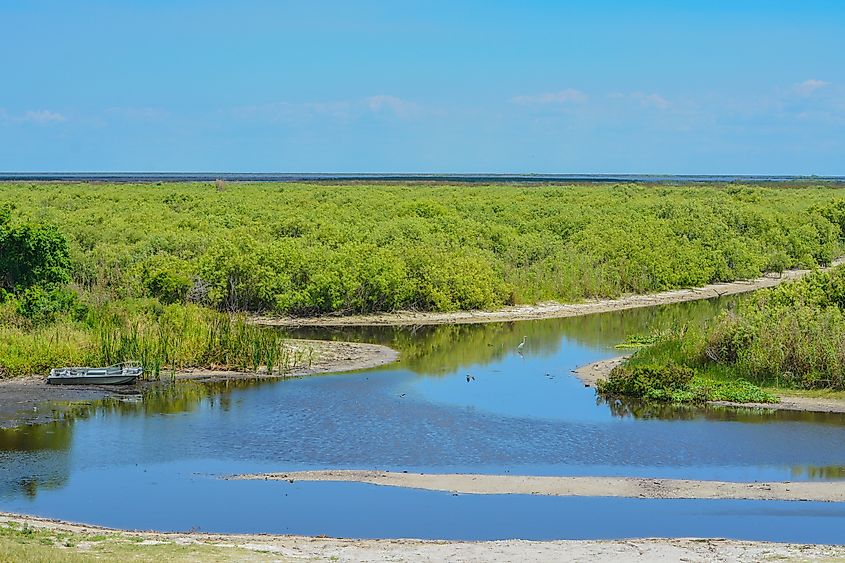
The lake’s ecosystem is highly susceptible to weather extremes. Hurricanes Frances and Jeanne in 2004 slammed the lake with wind and water, raising water levels above 18 feet and uprooting or drowning vast stretches of vegetation. Important plant communities such as bulrush, eelgrass, and peppergrass were decimated by turbidity and wave action, disrupting fish habitat and aquatic insect populations.
Then came a different kind of disaster: drought. Beginning in 2006, the lake level dropped to a record low of 8.82 feet in July 2007. Ironically, this dry spell allowed for a slow and beneficial rebound. As the lakebed dried and sunlight returned, emergent plants began to regrow, repopulating areas long devoid of vegetation. Tropical Storm Fay in 2008 brought welcome rainfall that didn’t overwhelm the new growth. The result: a flourishing regrowth of bulrush, spikerush, and submerged plants. This rejuvenated vegetation provided new habitat for aquatic insects and forage fish, sparking a series of strong spawning seasons for game fish.
Regulation and Management Today

To support sustainable fishing, the Florida Fish and Wildlife Conservation Commission (FWC) updated its largemouth bass regulations on Lake Okeechobee. Under the current statewide rule, anglers may keep five bass per day, but only one may exceed 16 inches in total length. There is no minimum size limit. This shift aims to simplify enforcement and encourage healthy population dynamics across Florida’s freshwater fisheries.
A Lake of Many Purposes—and Many Pressures
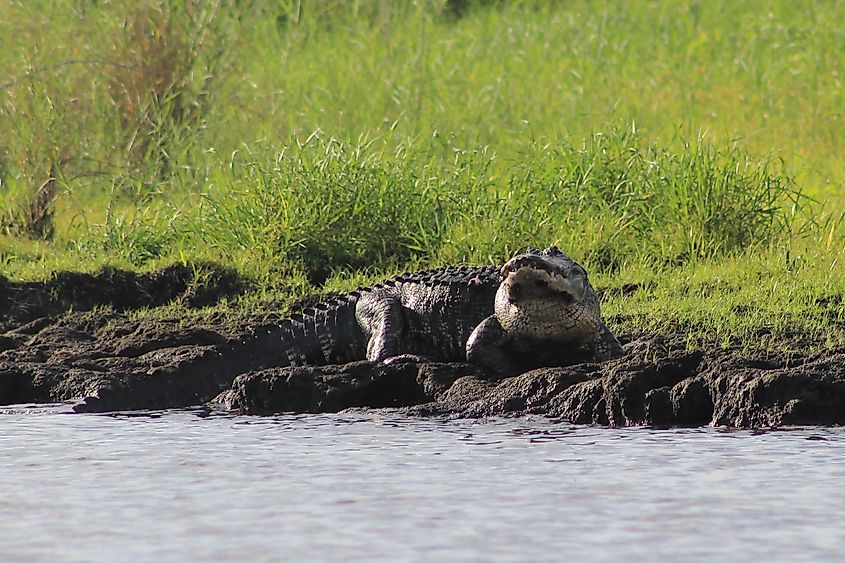
Lake Okeechobee serves South Florida in many ways: it supports agriculture, supplies drinking and irrigation water, protects against floods, and fuels recreational and commercial economies. Yet it remains under constant pressure from nutrient pollution, invasive species, extreme weather, and ongoing disputes about water management priorities.
Efforts to restore and maintain the lake’s ecological balance continue through science-based vegetation planting, fishery regulations, and Everglades restoration initiatives. Whether you're casting for bass, studying its complex hydrology, or simply admiring its vast blue expanse, Lake Okeechobee represents a rare convergence of natural power, human necessity, and the ever-evolving story of Florida’s big water.
